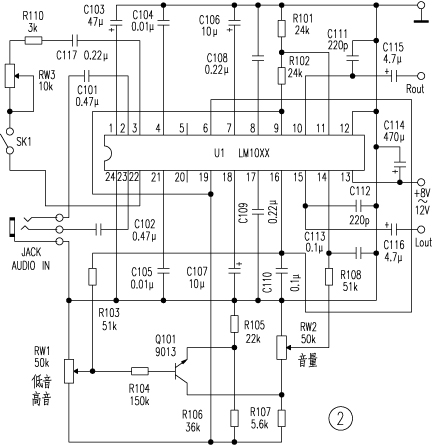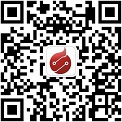The core part of the circuit consists of a DC tone control IC, an NPN transistor and four resistors. The other components are peripheral components required by the DC tone control IC used. Most DC tone control ICs already provide the reference level (mostly + 5V) for the DC tone control circuit, except for the DC tone control ICs such as μPC1892, which requires an external + 5V DC reference level. Figure 1 is a schematic diagram of this functional circuit, and Figure 2 is an application example.
Component parameter setting: When the high-bass adjustment potentiometer RW1 is not in the boosting state, BG1 should be cut off, and there is no effect on the volume adjustment at this time. When the high-bass adjustment potentiometer RW1 enters the lifting status from the beginning, and finally reaches the maximum lifting amount of + 12dB, BG1 is transferred from the cut-off to the linear working area, and then further enters the fully-on state, which causes Decreasing the DC level attenuates the output signal amplitude of the DC tone control IC by 12dB accordingly. Therefore, the three resistance values ​​of R3, R4, and R5 in the circuit are related to the internal parameters of the selected DC tone control IC. For example, when the selected DC tone control IC is the LM1036 or LM1046 model produced by the US NS company, the resistance values ​​are R3 = 22kΩ, R4 = 36kΩ, and R5 = 5.6kΩ.



Follow WeChat

Download Audiophile APP

Follow the audiophile class
related suggestion